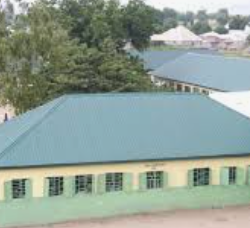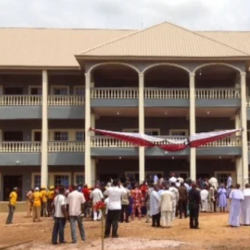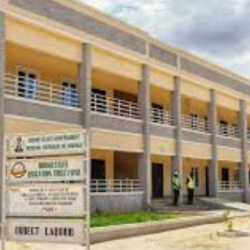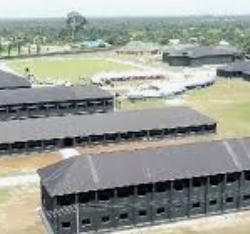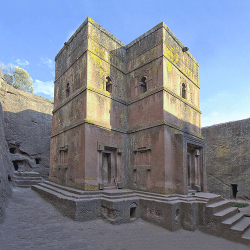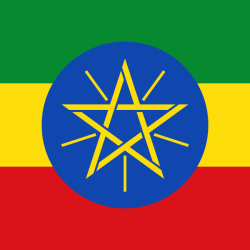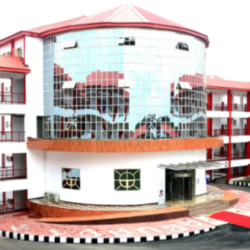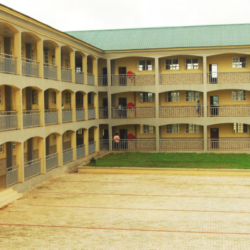The 42 counties of Romania: (41 plus Bucharest) are:
- Alba
- Arad
- Argeş
- Bacău
- Bihor
- Bistriţa-Năsăud
- Botoşani
- Brăila
- Braşov
- Buzău
- Călăraşi
- Caraş-Severin
- Cluj
- Constanţa
- Covasna
- Dâmboviţa
- Dolj
- Galaţi
- Giurgiu
- Gorj
- Harghita
- Hunedoara
- Ialomiţa
- Iaşi
- Ilfov
- Maramureş
- Mehedinţi
- Mureş
- Neamţ
- Olt
- Prahova
- Sălaj
- Satu Mare
- Sibiu
- Suceava
- Teleorman
- Timiş
- Tulcea
- Vâlcea
- Vaslui
- Vrancea
- Bucharest
Got it 👍 You’d like me to go straight into the article without the outline. Here’s a detailed, SEO-optimized piece on The județe: administrative units of Romania.
The Județe: Administrative Units of Romania Explained
Introduction to Romania’s Administrative Structure
Romania is a unitary state, meaning that power is centralized under the national government, but it also delegates responsibilities to regional and local administrations. The primary level of administrative division in Romania is the județ (plural: județe), which serves as the equivalent of counties in other countries. Today, Romania has 41 județe plus the municipality of Bucharest, which has a special administrative status similar to a județ.
The județ plays a vital role in governance, ensuring that national laws and policies are implemented locally while also representing the interests of communities within its boundaries.
Historical Background of Județe
The concept of județe has deep historical roots.
- Medieval Origins: The term județ comes from the word jude, which meant “judge” or “local leader” in Old Romanian. In medieval Wallachia and Moldavia, a jude was responsible for both judicial and administrative functions. Over time, the territory under the jude’s authority became known as a județ.
- Ottoman and Austro-Hungarian Influence: During centuries of foreign domination, the administrative structure of the Romanian principalities was influenced by larger imperial systems. Still, the județ remained the main regional unit.
- Modern Romania: After the 1859 Union of Wallachia and Moldavia, the județ system was standardized. Following World War I, when Transylvania, Bessarabia, and Bukovina united with Romania, the județ structure was extended across the entire country.
The Role of the Județ in Modern Romania
A județ is more than just a territorial boundary—it is an administrative hub. Each județ is responsible for governance, economic planning, public services, and coordination of local municipalities, towns, and villages.
- Local Governance: Each județ has a county council (Consiliul Județean) elected by the people. The council handles local infrastructure, cultural programs, education, and healthcare facilities.
- National Representation: A prefect, appointed by the central government, represents national authority in each județ. The prefect ensures that local authorities follow national laws.
- Balanced Autonomy: While județe enjoy a level of self-governance, they remain firmly under the national government’s control, unlike federal systems where states or provinces have stronger independence.
The Current Administrative Division of Romania
Romania has 41 județe and the municipality of Bucharest, which functions as a județ in all but name. Each județ is further divided into:
- Municipii (municipalities) – large urban centers, often with regional significance.
- Orașe (towns) – smaller urban areas.
- Comune (communes) – rural communities made up of several villages.
This layered structure allows governance to adapt to both urban and rural needs.
List of Romania’s Județe
Here is the complete list of Romania’s județe, grouped by historical-geographical regions:
Transylvania
- Alba
- Bistrița-Năsăud
- Brașov
- Cluj
- Covasna
- Harghita
- Hunedoara
- Mureș
- Sibiu
Moldavia
- Bacău
- Botoșani
- Iași
- Neamț
- Suceava
- Vaslui
- Vrancea
- Galați
Wallachia (Muntenia and Oltenia)
- Argeș
- Călărași
- Dâmbovița
- Giurgiu
- Ialomița
- Ilfov
- Prahova
- Teleorman
- Dolj
- Gorj
- Mehedinți
- Olt
- Vâlcea
Banat and Crișana
- Arad
- Caraș-Severin
- Timiș
- Bihor
- Sălaj
Dobruja
- Constanța
- Tulcea
Special Status
- Bucharest (capital city, equivalent to a județ)
Comparison with Other European Systems
The județ can be compared to counties in the UK, départements in France, or districts in Germany. However, unlike federal systems such as Germany’s Länder, Romanian județe do not hold legislative independence. Instead, they act as regional branches of the central government, with limited autonomy in local matters.

FAQs on the Județe of Romania
1. How many județe are there in Romania?
There are 41 județe plus Bucharest, which has a similar status.
2. What is the largest județ in Romania by population?
Ilfov and Cluj are among the most populous, while Bucharest far surpasses all with over 2 million residents.
3. Which is the largest județ by area?
Timiș, located in western Romania, is the largest by land size.
4. Do județe have their own laws?
No, județe cannot make independent laws—they follow national legislation but have some administrative authority.
5. How are județe governed?
Each județ has an elected county council and an appointed prefect.
6. Has the județ system changed recently?
The system has remained stable since the 1968 administrative reform, though debates about regionalization continue.
The județe of Romania form the backbone of the country’s administrative system. With their roots in medieval governance and their modern role as essential units of local administration, județe balance local autonomy with national unity. Understanding them provides insight into Romania’s political, cultural, and historical development.
